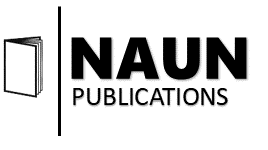Initial Study of A-mode Ultrasound Spectroscopy Through Mechanical Wave Scattering Phenomenon for Measuring 3D-printed Bone Model Density
Authors: Hesty Susanti, Husneni Mukhtar, Suprijanto, Willy Anugrah Cahyadi
Abstract: In Indonesia, the prevalence of osteoporosis is high. Given the economic burden it may impose on the population, this condition must be taken seriously. Dual-energy X-ray absorptiometry is the gold standard for diagnosing osteoporosis (DEXA). However, due to its high cost, non-portability, and radiation risk, DEXA cannot be applied to large populations. An alternative method for evaluating bone quality is ultrasound. It is more affordable, portable, and has no radiation risk. In this preliminary study, an A-mode ultrasound spectroscopy prototype for assessing the density of a 3D-printed bone model is designed. A single-element transducer (Transmit-Tx/Receive-Rx), a reconfigurable and modular FPGA-based ultrasound beamformer system, and a Raspberry Pi 3 are the system's control units. The raw radio frequency (RF) signal is acquired from three variations of density of the 3D-printed bone model, i.e., 100%, 60%, and 40%, to represent normal bone, osteopenia, and osteoporosis. The designed prototype can adequately characterize the mechanical wave scattering pattern of the 3D-printed bone model indicated by the increased tendency in the maximum amplitude when the density of the bone model is increasing. The tendency is the opposite for delay time and Power Spectral Density (PSD). These three signal parameters are potential candidate parameters to represent bone density. For future work, the selected candidate parameters can later be used as reference values while adding a significant data so that a machine learning method can be employed to extract representative features of bone density level, i.e., normal bone, osteopenia, and osteoporosis.
Pages: 74-79
DOI: 10.46300/9104.2023.17.11
International Journal of Mechanics, E-ISSN: 1998-4448, Volume 17, 2023, Art. #11
PDF DOI XML
Certification
